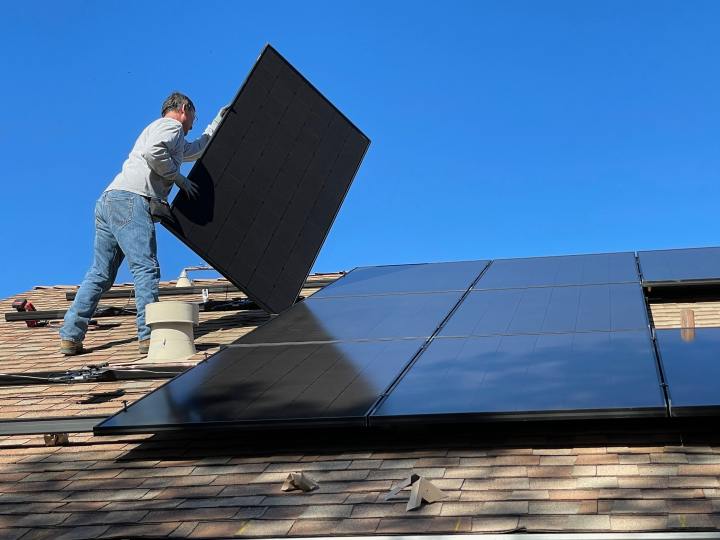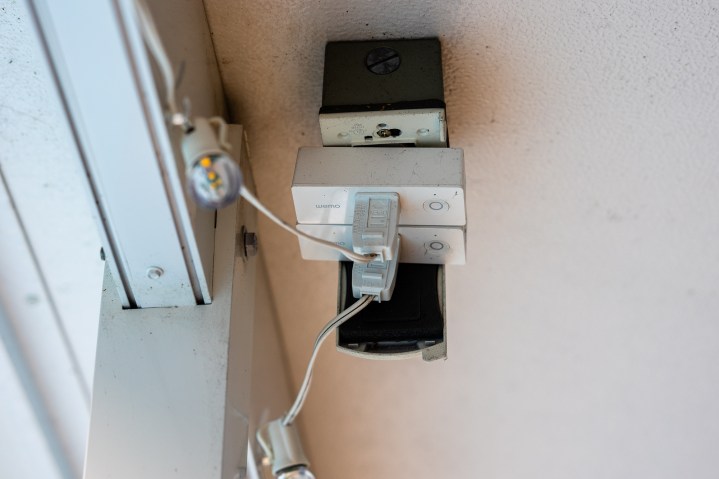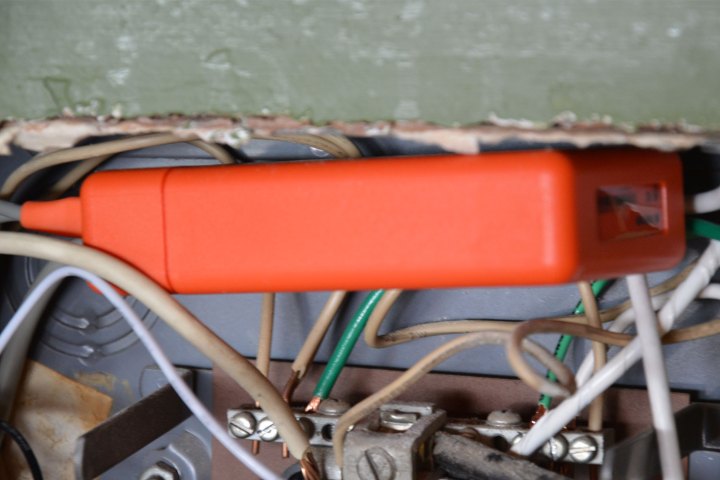The smart home marketplace has seen tremendous growth over the past few years. From smart thermostats and smart light bulbs to video doorbells and solar panels, there are plenty of ways to upgrade your home and give it a boost in functionality. Best of all, many of these smart home devices can save you money.
They might require a bit of an upfront investment, but there’s a look at all the smart home devices that can cut down your monthly energy bills and reduce your carbon footprint.
Smart thermostats

Smart thermostats have been making their case for energy savings for years. By connecting to your phone, they can figure out if you’re home and if the heating or cooling should be turned on. Features continue to vary by model, but you’ll see some that will check in with utility providers and adjust your home’s climate control to take advantage of cheaper rates when available.
We’ve already dug into some of the estimates on how much money a smart thermostat can save you. Though exact figures will vary based on climate, the size of your home, and how much time you spend in it, there’s a general consensus that a smart thermostat will earn back its cost in electrical savings over time.
One of the best options is the Amazon Smart Thermostat, which carries a budget-friendly price tag and can be easily programmed to alter its settings whether you’re home, away, or sleeping.
Solar energy

It’s easy to see solar power panels as the original smart home device. With some up-front investment and intelligent controllers, your home energy grid can be optimized to the point where you’re barely paying a service provider.
We have a rundown on the variables to take into account when figuring out how much money you can save with solar panels. A lot will depend on the kind of rebates available in your jurisdiction, and how net metering is set up. The cost of solar panels has been dropping precipitously over the years, and they only stand to get cheaper, making a return on investment even sooner.
Smart plugs

Smart plugs can zero in on electrical use for specific appliances throughout the house. This includes the added (and one could say greater) benefit of remote control for appliances that aren’t normally that smart. Smart plugs are easy to install, and companion mobile apps are very easy to use.
The Emporia Smart Plug is a great option, thanks to its robust energy-tracking skills and low price tag. They’re also small enough that they don’t take up much space or block adjacent outlets.
Energy monitors

The bigger brothers to smart outlets are energy monitors. These attach right at the breaker level and can give you a holistic view of your home’s energy usage. This is a great way to keep tabs on the major power draws in the house, like your washing machine, air conditioner, laundry machine, and fridge.
These have a leg-up on smart outlets, since their energy demand may collectively only be a fraction of the hungrier appliances. The biggest downside is that smart energy systems like Sense require professional installation. Messing with your electrical mains isn’t for the faint of heart (and should absolutely be left to the professionals).
Water

With droughts occurring with greater frequency, keeping tabs on your water usage isn’t just good for your bill, it’s good for the community sharing your supply. Smart water monitors are clever enough now to detect which faucets are turning on when, and to be able to detect leaks thanks to shifts in pressure at the source.
Beyond rationing water, water heating is worth keeping tabs on too. We’ve checked out Power X in the past, which claims it’s been able to reduce power consumption by 16%, and natural gas usage by 24% by equipping tanks with a smart monitor.
If you have a built-in sprinkler system, consider upgrading your controller to the Rachio 3. Not only is it easy to customize, but it accounts for local weather patterns to reduce your water waste. If you don’t have a sprinkler system, the Smart Hose Timer offers a bit of the same functionality.
Food waste
You’re not likely to come out ahead if you’re looking solely at the monetary cost of each of these smart home devices versus the money saved from their efficiencies. Factor in the convenience and the improvement in quality of life, however, and things might start looking worthwhile.
If you strictly want devices that can save you money, look at smart thermostats. By all accounts, they’ll pay for themselves within about two years. Smart lighting is a good pick, too, especially the more budget-friendly brands; after all, LEDs last much longer than halogen or fluorescent bulbs and result in a much lower impact on the environment.
Editors’ Recommendations

